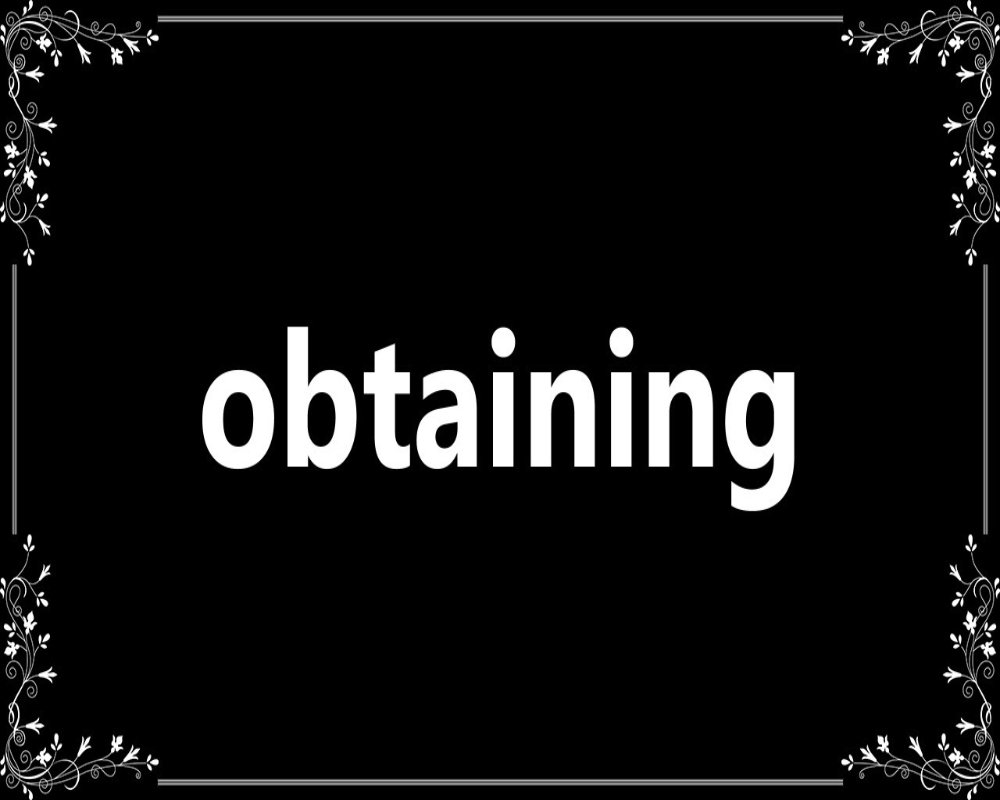Introduction
Obtaining industrial land entitlements is a critical step in the planning and development of any industrial project. Land entitlements refer to the legal rights and approvals required to develop a piece of land for industrial use. These include permissions related to zoning, land use conversion, utility access, environmental clearance, and compliance with local development plans. The entitlement process ensures that the proposed industrial activity is permitted by law and meets the regulatory, environmental, and infrastructural standards set by local, state, and national authorities. Properly acquiring these entitlements is essential for minimizing legal risks, securing financing, and maintaining project timelines.
Identifying Suitable Land for Industrial Use
The process begins with identifying and evaluating potential land parcels that are suitable for industrial activities. This includes reviewing location advantages, connectivity, topography, accessibility to raw materials and labor, and proximity to markets. It also involves checking the land’s current zoning status, title clarity, and encumbrances. In many cases, governments or development authorities designate specific industrial zones or parks that are pre-approved for industrial use, which simplifies the entitlement process.
If private land is being considered, due diligence must be conducted to verify ownership, title history, and any legal disputes. This is essential for ensuring that the land can be legally transferred and used for industrial purposes.
Zoning Verification and Land Use Conversion
Once a suitable land parcel is identified, the next step is to verify its zoning classification. Industrial development is only permitted in areas that are zoned for industrial use under the local or regional master plan. If the land is not already zoned for industry, a land use conversion or rezoning application must be submitted to the appropriate planning authority or municipal corporation.
The application typically includes land ownership documents, a site plan, project details, and justification for the change in land use. Public notices and stakeholder consultations may be part of the approval process, depending on the jurisdiction. After due review, the authority may issue an order converting the land use to industrial, making the site eligible for further entitlements.
Obtaining Land Allotment or Transfer Approval
If the land is owned or controlled by a government development agency or industrial development corporation, an allotment application must be made. This application often involves submitting a detailed project report (DPR), company registration documents, financial statements, and proof of the enterprise’s industrial intentions.
The agency evaluates the application based on project viability, employment potential, environmental impact, and alignment with regional development goals. Upon approval, a land allotment letter is issued along with terms and conditions related to usage, development timelines, and payment structure. Once the required payments and registration formalities are completed, the possession of the land is granted.
For privately purchased land, a registered sale deed and mutation of land records in the name of the new owner must be completed. This legally transfers ownership and updates government records to reflect the new titleholder.
Securing Environmental and Infrastructure Clearances
Industrial land entitlements are closely tied to environmental and infrastructure approvals. Depending on the size and nature of the project, an Environmental Impact Assessment (EIA) may be required, followed by clearance from the relevant environmental authority. This is especially necessary if the land falls in an ecologically sensitive area or if the proposed activity involves potential environmental hazards.
Simultaneously, approvals must be obtained for infrastructure services such as water supply, electricity connection, drainage systems, and road access. These clearances often involve multiple departments and require submission of site plans, utility demand estimates, and environmental safeguards.
Development Plan Approval and Building Permissions
Once zoning and environmental approvals are secured, the next step is to obtain approval for the site development plan and construction activities. This includes submitting a detailed layout plan showing the positioning of industrial units, roads, open spaces, and utility networks to the town planning authority.
Following development plan approval, building permits must be secured from the municipal or industrial area authority. These permits certify that the proposed construction meets building codes, safety regulations, and spatial standards. The process may involve technical scrutiny, site inspections, and compliance with fire safety norms and waste management provisions.
Compliance with Labor, Safety, and Operational Regulations
As part of the entitlement process, industrial enterprises must also register under applicable labor laws and factory regulations. This includes applying for factory licenses, ensuring worker safety standards, and obtaining certifications related to hazardous material handling if applicable.
Fire department clearance, health inspections, and public nuisance assessments are often mandatory before full-scale operations can begin. These operational entitlements ensure that the land and the facility built on it adhere to public safety and occupational health norms.
Integration with Industrial Promotion Schemes
In many regions, governments offer industrial promotion schemes that include financial incentives, tax rebates, and infrastructure support. To benefit from such schemes, businesses must register their projects and submit the necessary documentation proving land ownership and entitlements. Integration with such schemes enhances the value of the land and the project and may streamline approvals through single-window clearance systems.
Conclusion
Securing industrial land entitlements is a structured, multi-stage process that involves legal verification, regulatory approvals, environmental assessments, and compliance with planning and operational guidelines. Each step—from land identification and zoning clearance to environmental permits and building approvals—ensures that the land is legally and practically ready for industrial use. By carefully navigating this process and engaging with the relevant authorities, industrial enterprises can lay a strong foundation for development, avoid future legal and regulatory challenges, and ensure the successful execution of their projects. A well-entitled land parcel not only accelerates project implementation but also enhances credibility with investors, lenders, and regulators.


